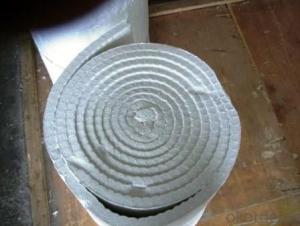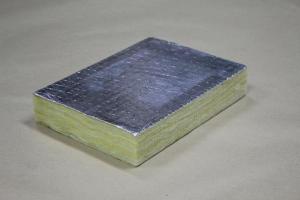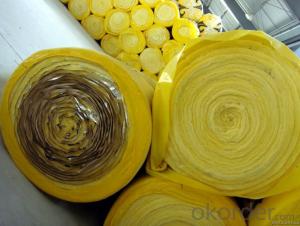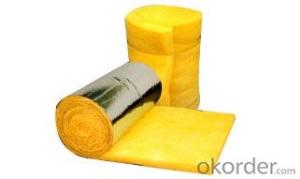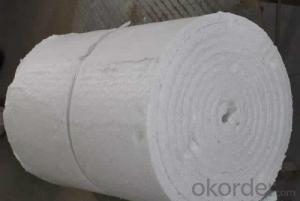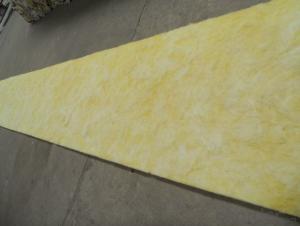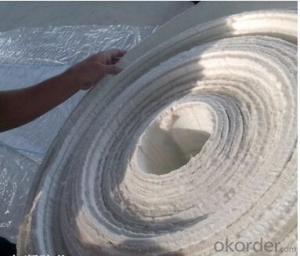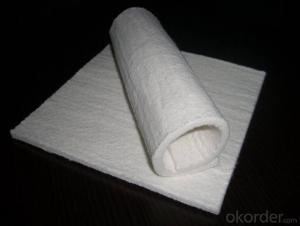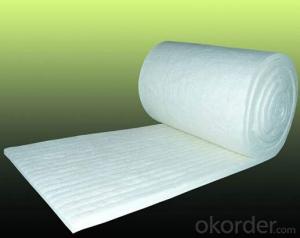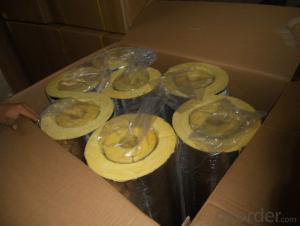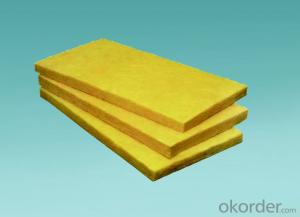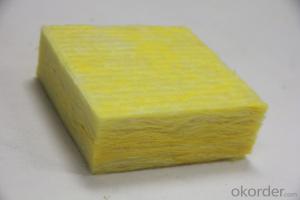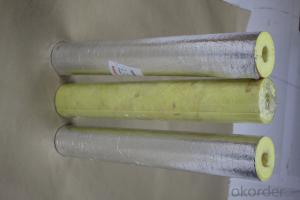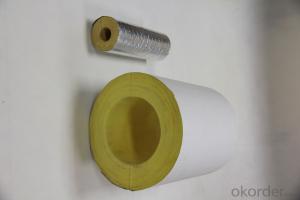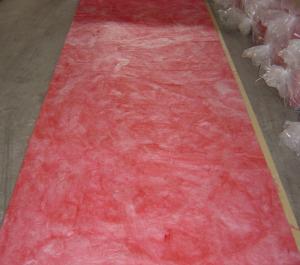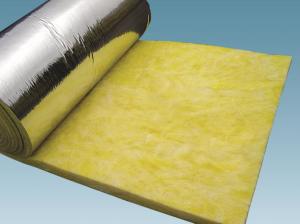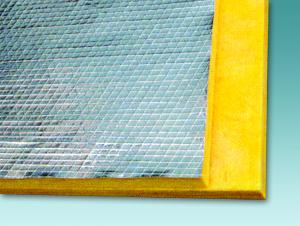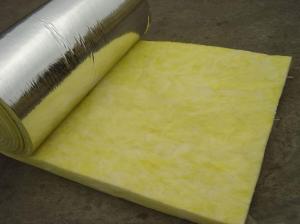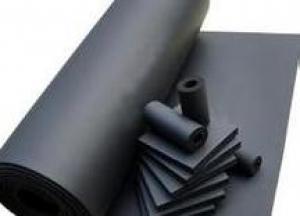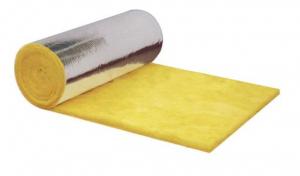High Purity Clay Clinker SDS Glass Wool Refractory
- Loading Port:
- China main port
- Payment Terms:
- TT OR LC
- Min Order Qty:
- 100 roll
- Supply Capability:
- 5000 roll/month
OKorder Service Pledge
OKorder Financial Service
You Might Also Like
Msds Refractory Ceramic Fiber Blanket
Description: Yeso ceramic fiber blanket is made of special ceramic long-fiber that is produced by the melting of very pure raw materials in double surface meeding process with out binders and with good stability in a large range of temperature. The process of double surface need increasing interweaving and tensile strength.
Characteristics Typical Applications
Excellent thermal stability Joint sealing and filling insulation
Excellent chemistry quality Fiber composite(grinding parcel)
Resistance to burning Internal and external lining
Low thermal conductivity Structure refractory and sponging sounds
Low thermal capacity Materials for hot filtration
Good insulation Raw material for further producing
Good obstructing voice and mechanism strength
Low shrinkage
Good springiness for fibers
Convenient producing and installing
Physical Data
Descriptions | YESO1260 | YESO1425 | YESO1500 | YESO1600 | ||
Classification temperature(°C) | 1260 | 1425 | 1500 | 1600 | ||
Melting Point(°C) | 1760 | 1700 | 1760 | - | ||
Color | White | White | Green-blue | White | ||
Average diameter for fiber(m) | 2.6 | 2.8 | 2.65 | 3.1 | ||
Length for fibers(mm) | 250 | 250 | 150 | 100 | ||
Density for fibers(kg/m³) | 2600 | 2800 | 2650 | 3100 | ||
Chemical compositions | Al2O3 | 45 | 35 | 40 | 72 | |
SiO2 | 54 | 49.6 | 57.8 | 28 | ||
ZrO2 | 15 | |||||
Cr2O3 | 1.8 | |||||
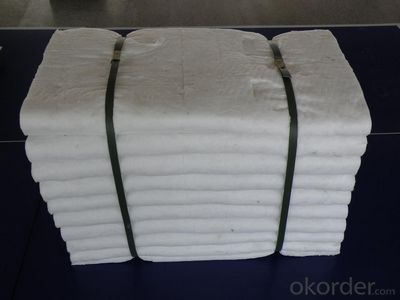
Remarks: The data above is for reference. The Max. temperature depends on the using conditions.
Product Description:
CeramicLooseFiberis made by the melted raw materials at high temperature through resistance furnace, before being blown or spun into fiber. As a neutral and acidic material, except reaction with the strong acid-alkali,refractoryceramic fiber won’t be eroded by other weak alkali, weak acids, or water, oil, steam, or be infiltrated with lead, aluminum or copper, featuring excellent flexibility and elasticity. Ceramic fiber is of smaller density, more than 75% lighter than insulation brick lining or 90% -95% lighter than lightweight castable lining, with thermal conductivity co-efficient to be 1/8 of the lightweight clay brick or 1/10 of lightweight heat-resistant lining (castable), and heat capacity to be 1/10 of both lightweight insulation lining and lightweight castable lining, thus to greatly lower energy loss and deliver significant energy-saving regenerative effects. Meanwhile, the ceramic fiber features a simple construction with no need of baking oven, shortened construction cycle and easy installation.
Low heat capacity and low thermal conductivity;
Excellent chemical stability;
Excellent thermal stability, resistance to pulverization at high temperature;
With no binders or corrosive substances;
Excellent sound absorption
Typical Application:
Raw material for fiber blanket, board products;
Raw material for fiber textile products;
Fillings for wall lining gap in high temperature furnace, heating device;
Raw material wet processed products;
Fiber spraying;
Castables;
Raw material for coatings;
Insulation fillings for corner and complex space.
- Q: What's the difference between the rock wool and glass wool?
- Glass wool belongs to a category of glass fiber, and is a kind of man-made inorganic fiber. Taking quartz sand, limestone, dolomite and other FIR stone as main raw materials, and is melted into glass after mixed with some pure alkali, sodium borate and other chemical raw materials. In melting state, transfer them into flocculent fibers under the effect of external force, fiber and fiber are in three-dimensional crossing and winded with each other, presenting many little gaps. The gaps can be regarded as air voids. Therefore, glass wool can be regarded as porous materials, it has good heat insulation and sound absorption performance. Glass wool is a kind of spongiform material shaped by making melten glass fibering, it's chemical content belongs to glass and is a kind of inorganic fiber. It has good molding, small bulk density, low thermal conductivity, good thermal insulation and heat insulation, good sound absorption, corrosion resistance and stable chemical performance. Rock wool is artificial light silicate, not the continuous flocculent fiber material, soft texture, good chemical stability, acid and alkali resistant. Not brittle or pulverization, good elasticity, it can be heat insulation, sound insulation in projects.
- Q: What are the differences between the common and high temperature resistant glass wool boards?
- The density of common and high temperature resist boards are different. Boards with higher density are more expensive. It is about 520 yuan per square meter. Nanjing Hairui Insulation Materials Co., Ltd.
- Q: Does curtain wall glass wool belong to thermal insulation wool?
- , the general it is mineral wool.
- Q: How many insulation supporting pins are there in one aquare meter of glass wool?
- 20 is enough
- Q: These two kinds of glass wool are used as insulation materials, but one keeps 0.3 in specific gravity while the other keeps 0.5 in specific gravity. Which one should be chosen?
- It mainly depends on what would you use it for and what temperature of thermal insulation do you need. You can directly look through thermal insulation property of glass wool for further information. If you needs better thermal insulation effect, you can choose heavier specific gravity. If you are not so demanding, you can choose lighter ones.
- Q: What is the function of glass wool foil?
- Possessing strong resistance to thermal radiation, glass wool with aluminum foil veneer is excellent lining material for high temperature workshops, control rooms, walls of machine room, compartment and flat top.Aluminum foil veneer is pleasing to the eye and moistureproof.Glass wool is one kind of the glass fiber and it is a man-made inorganic fiber. Glass is made by melting such raw materials as quartz sand, limestone, dolomite and other natural ore with some chemical materials like pure alkali and sodium borate. In the molten state, the glass is thrown into fine fibers in the shape of floc by the with external force. These fibres vertically interwine and show many small gaps. These gaps can be regarded as air void. Thus, glass wool can be regarded as porous materials and it is of good insulation and sound absorption performance.
- Q: Can glass wool be used in exterior wall for thermal insulation?
- It is good in fireproof effect but is poor in thermal insulation, so it is not recommended to use. It is recommended to use EPS exterior insulation with high quanlity and reasonable price.
- Q: Glass wool products can be used for insulation layer
- Glass wool products can be used for insulation layer
- Q: What is the difference between glass wool and rock wool?
- In the high-speed operation of the centrifuge driven, the high-speed operation of the centrifuge glass will be thrown into a glass flow, the role of high-temperature high-speed flame, the glass stream is further drawn into fiber,
- Q: Does anyone clearly know about the construction technology of glass wool blanket, aluminum net and sound-absorbing wall?
- 1, the technological process: A layer of dry-laid asphalt felt→ wooden keel installation → install gypsum board → stick glass wool blanket → pave and nail a layer of glass fiber cloth→install aluminum net → fix aluminum net. 2. operation key points of construction methods, embed errosion prevention wooden bricks: During masonry construction, embed corrosion prevention wood bricks (40 × 60 × 60) while laying bricks, with horizontal distance of 400 to 500, and the vertical dimension of 400. I hope my answer can help you.
Send your message to us
High Purity Clay Clinker SDS Glass Wool Refractory
- Loading Port:
- China main port
- Payment Terms:
- TT OR LC
- Min Order Qty:
- 100 roll
- Supply Capability:
- 5000 roll/month
OKorder Service Pledge
OKorder Financial Service
Similar products
Hot products
Hot Searches
Related keywords
